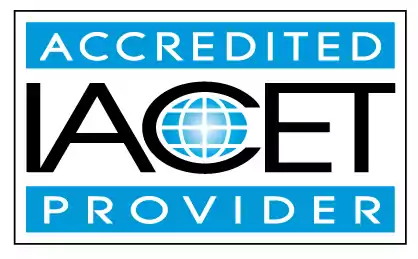Demonstrates knowledge of how setting up the environment can impact on accessibility for all children
Our page demonstrates knowledge of how setting up the environment can impact accessibility for all children. With expertise in early childhood education and child care centers, we provide insights into creating inclusive spaces that cater to every child's needs.Trainings incorporating this outcome
Age group
CDA Subject Areas
Proficiency Level
Topic Areas
120 hours courses
45 hours courses
40 hours courses
24 hours courses
Related Outcomes
- Demonstrate knowledge of how setting up the environment can impact accessibility for all children.
- Demonstrate an understanding of physical growth and development in school age children and the impact it has on programming.
- The participant will demonstrate knowledge and understanding the major milestones, typical behaviors and learning processes of children birth to 13 years of age
- Demonstrate an understanding of physical growth and development in school age children and the impact it has on programming
- Demonstrate understanding of children's general knowledge that supports emerging math skills
- Recognize the importance of demonstrating respect for all diversity and providing activities that reflect a welcoming environment for all children, youth and families, regardless of culture, language, or religion, or strengths, talents, and abilities.
- Demonstrate knowledge of exclusion criteria in a child care setting.
- Demonstrate how environment and equipment modifications support individual needs for school-age children.
- Demonstrate understanding of the impact of culture on infant and toddler development
- Demonstrate methods to address gender stereotypes and sexism in the classroom related to children’s math abilities
- Demonstrate how theory is reflective in the child care environment
- Demonstrate how to develop strategies for involving parents in the child care setting
- Demonstrate understanding of how learning occurs in children and the role of play in learning
- Recognize the importance of providing activities that reflect a welcoming environment for all children, youth and families, regardless of culture, language, or religion, or strengths, talents, and abilities.
- Demonstrate understanding of the effects of media on the growth and development of young children.
- Demonstrate understand developmentally appropriate practices for school-age children with developmental, emotional, cognitive, language and/or physical needs
- Identify the signs of child abuse and neglect and demonstrate knowledge of appropriate reporting process.
- Explain the impact of stress on health and environment.
- Demonstrate how theory is reflective in the child care environment.
- Identify appropriate practices for identify and demonstrate an children: components of a lesson plan
Related Articles
- Creating a Safe Environment for Children in Childcare Centers
- Why Children's Books Are Important for Children’s Learning
- Creating Safe Outdoor Play Environments for Children: Understanding Hazards and Precautions
- Creating Safe and Nurturing Environments in Child Care Settings
- Thinking about a career in teaching or working with children in a child care setting?
- Growing Humility & Gratitude Instead of a Me-Me-Me Mentality in Children
- Creating the Montessori Prepared Environment: A Cornerstone of Learning
- Small Resolutions for Small People: Teaching Goal-Setting to Preschoolers
- The Secret Life of Crayons: What Children’s Coloring Choices Reveal About Their Developing Personality
- Nurturing Kindness: Fostering Prosocial Behavior in Young Children
- A humorous look at children's nervous system: Why stretching and breathing are key
- The Impact of Montessori Education on Early Childhood Development
- Balancing Routine and Flexibility: Creating a Structured Yet Adaptable Schedule for Children
- Wobble Boards and Balance Beams: How Physical Movement Supports Somatic Healing in children
- How to Support Children with Challenging Behaviors
- Techniques for Childcare Providers to Promote Emotional Well-Being in Children
- Cracking the Code of Children's Sleep (And Your Sanity)
- Trauma-Informed Sleigh Rides: Supporting Children Through Play
- Promoting Positive Behavior in Young Children
- Is Trauma the Same for All Children?
 12 CEUs
12 CEUs